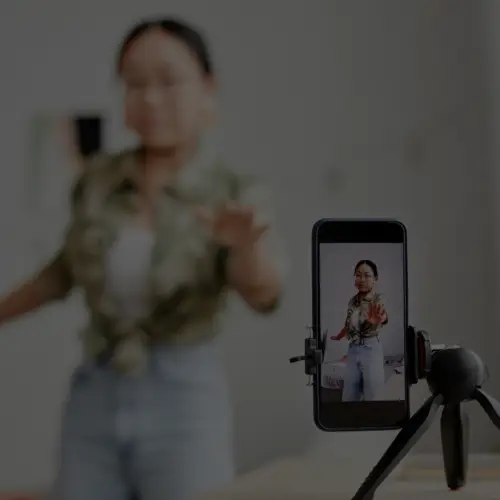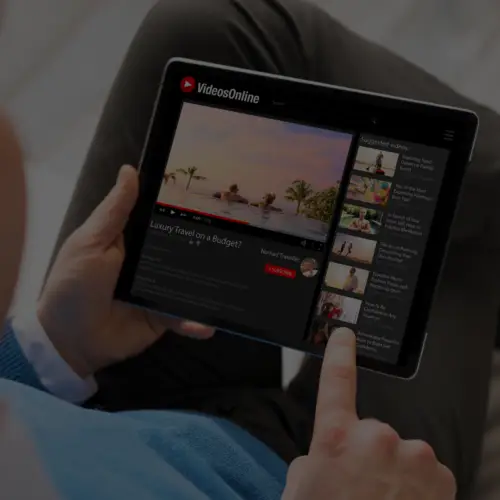06 Oct To emoji, or not to emoji? That is the ‘brand’ question.
Last week brought a momentous personal victory for me: Bojangles launched their own emoji keyboard, Bomoji.
Brands capitalizing on emojis is nothing new. To name a few, Ikea, Coca-Cola, General Electric & Comedy Central have all dabbled with their own branded emoticons, emojis or stickers to engage audiences in new ways. Recently, Coca-Cola unleashed the #ShareaCoke personalized paid emoji on Twitter, however few have gone all in like the North Carolina-based franchise.
For those who unfortunately reside outside the 10-state Bojangles footprint, allow me to educate you. In North Carolina and surrounding states, there is only one “chicken biscuit,” and that is a “Cajun filet biscuit” from Bojangles (sparking the Instagram hashtag, #biscuitseries). Bojangles serves breakfast all-day (eons before McDonald’s) and even bakes heart-shaped Bo-Berry biscuits (blueberry biscuits drizzled with icing) on Valentine’s Day.
Earlier this year, the beloved fast-food chain went public, which locals fear means mass expansion is on the way. So move over Popeyes & KFC, there is a new fried chicken in town. But the chain is doing more than building new stores, it’s creating its own vernacular – through the art of emojis.
“Bojangles’ following on social media is practically cult-like among the Millennials and Gen Z-ers who consume media through their phones,” Bojangles’ social and digital strategist Colby Anderson said. “Emojis are the new visual vernacular for those generations, so we knew that the keyboard and this campaign would be a great fit for Bojangles’.”
So this begs the question, who is next? Or, is this simply another trend to lure Millennials?
You have to admit that it is genius. But, it can quickly become trite.
For brands with a passionate fan base, this is a great way to enhance engagement among loyalists. However, it shouldn’t be a quick-fix for everyone.
It works for Bojangles because consumers already use Bo-speak anyways, so the brand is actually providing a service.

But, very few brands have this kind of loyal following. Further, very few national brands have this kind of loyal following.
Geography can make people do crazy things. There’s something about this chain being from “my” state, who advertises at “my” beloved Panthers and Tar Heel games, and who serve “my” kind of food (re. Southern). This brand is personal for me (hence, my enthusiasm when asked to write this blog post). Bojangles has accomplished the impossible brand feat: Make the consumer feel a part of the brand.
However, if your brand fits the bill and enjoys risk, you have options on how to enter the emoji lexicon.
Bojangles chose the more flexible route by creating their own keyboard that requires users to actually install it on their smartphone. Thanks to their easy tutorial, it’s a piece-of-cake for anyone who is iOS saavy. However, there are some disadvantages as users have to copy & paste their chosen image.
Other brands have decided to take a harder and potentially, impossible path. Taco Bell, for example, has been lobbying the Unicode Consortium (think: the emoji Supreme Court) to add a taco emoji to its keyboard. The petition on Change.org has 32,000+ signatures, but the Unicode Consortium is not budging. Taco Bell does have a similar fan-base as Bojangles, thus the trouble to secure a taco emjoi could be worth it. However, the taco will not be branded which is where Bojangles clunky keyboard wins out.
No matter the method, emojis certainly have their perks if it fits within your brand’s equity, of course.
Oh look at that, it’s Bo-Time.








